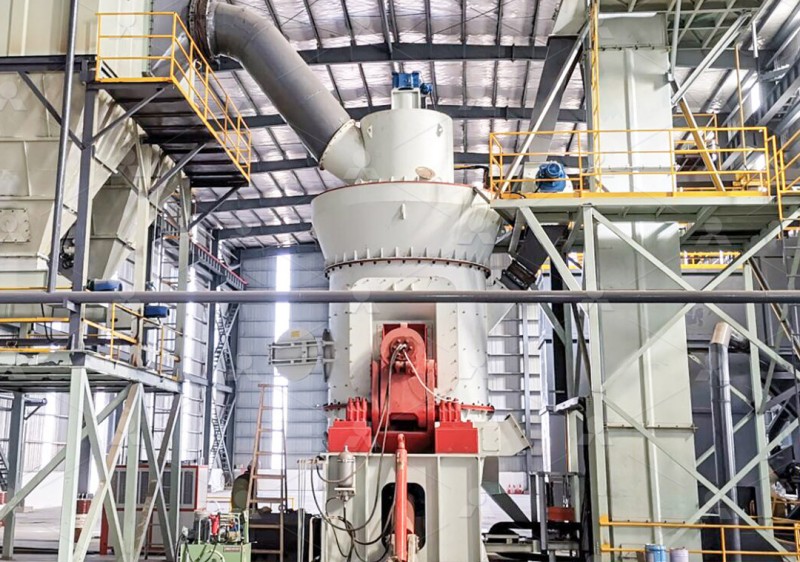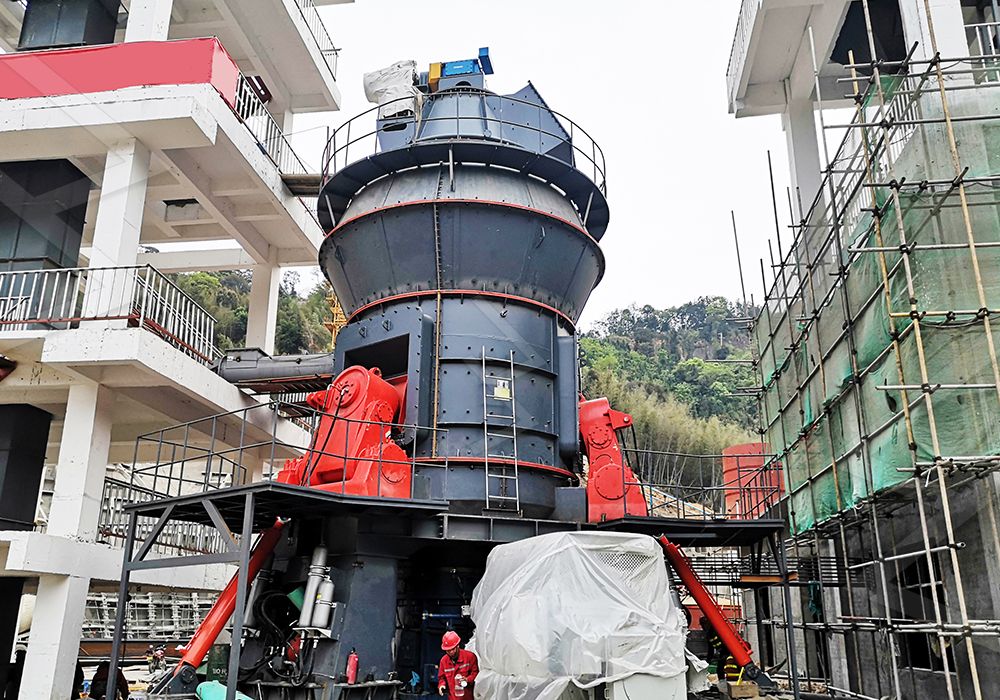Function of Coal Mill in Cement Plant: How It Works and Why It Matters
Function of Coal Mill in Cement Plant: How It Works and Why It Matters
In the heart of every modern cement plant lies a critical, yet often overlooked, piece of equipment: the coal mill. Its role is deceptively simple—to grind the raw coal into a fine powder—but its performance is absolutely vital to the efficiency, cost, and environmental footprint of the entire operation. Without a properly functioning coal mill, the kiln, the very core of cement production, cannot operate. This article delves into the workings of this essential machine and explains why its selection and operation are paramount.
The Heart of the Kiln’s Fuel System
Cement kilns require a consistent, intense, and controllable heat source to sinter the raw meal into clinker. Pulverized coal is the fuel of choice for many plants worldwide. However, coal cannot be fed into a kiln in its raw, lumpy form. A coal mill’s primary function is to dry and grind run-of-mine coal into a very fine powder, typically with 70-80% of the particles passing through a 200-mesh sieve (75 microns).

This fine powder, known as pulverized fuel (PF), has a massive surface area, allowing it to combust rapidly and completely when blown into the kiln’s burning zone. The mill must perform this grinding action while also using hot gases (often pre-heater exhaust gases) to dry the coal, ensuring optimal combustion and preventing handling issues. The quality of the PF—its fineness, moisture content, and consistency—directly impacts fuel efficiency, clinker quality, and emissions.
How a Coal Mill Works: A Look Inside
While various mill designs exist (like ball mills or Raymond mills), the most common and efficient type in modern cement plants is the vertical roller mill (VRM). Here’s a simplified breakdown of its operation:
- Feeding: Raw coal, often pre-crushed to a size of 0-50mm, is fed from a bunker into the mill via a rotary feeder.
- Drying & Grinding: The coal falls onto a rotating grinding table. Heavy, spring- or hydraulically-loaded grinding rollers exert tremendous pressure on the coal bed, crushing and pulverizing it. Simultaneously, hot gases (up to 300-350°C) flow through the mill, drying the coal as it is ground.
- Classification: The ground coal and gas mixture is carried upwards to a classifier integrated at the top of the mill. Rotating vanes or blades create a centrifugal force. Coarse particles are rejected and fall back onto the grinding table for further grinding. Only fine, properly sized particles are allowed to pass.
- Transport & Combustion: The fine PF is carried by the gas flow out of the mill and is transported through pipes to the kiln and calciner burners, where it is instantly ignited.
Why It Matters: The Ripple Effect of Mill Performance
The consequences of a poorly performing coal mill are severe and costly:
- Poor Combustion: Coarse coal particles burn slower and incompletely, leading to black, unburned carbon in the clinker (wasting fuel) and potentially dangerous build-ups of combustible material in the system.
- Reduced Kiln Output & Stability: Inconsistent PF fineness or feed rate makes it impossible to maintain a stable, optimal flame, forcing kiln operators to run conservatively and sacrifice production volume.
- Higher Energy Consumption: A mill with outdated technology or poor maintenance can be a major energy hog, consuming excessive power for grinding.
- Increased Emissions: Incomplete combustion leads to higher levels of CO and unburned hydrocarbons, violating environmental permits.

Choosing the Right Mill for Peak Performance
Selecting a coal mill isn’t a one-size-fits-all decision. It requires a machine engineered for robustness, energy efficiency, and precise control. For operations looking to upgrade their grinding circuit, our LM Vertical Coal Mill stands out as a premier solution. Engineered for high grinding efficiency and low energy consumption, it can save 40%-50% on power compared to traditional ball mills. Its intelligent design features a hydraulic system for easy roller maintenance and a sophisticated sealing system to prevent leaks and ensure environmentally clean operation. With a capacity range of 5-100 T/H, it’s built to handle the demanding requirements of any modern cement plant, providing the stable, high-quality pulverized coal that is the lifeblood of efficient kiln operation.
For plants processing a wider variety of materials or requiring ultra-fine pulverization, our MW Ultrafine Grinding Mill is another exceptional choice. While capabable of handling coal, its versatility shines with other materials. It boasts higher yielding and lower energy consumption, with a production capacity 40% higher than jet mills. A key advantage is its adjustable fineness between 325-2500 meshes, giving operators unparalleled control over the final product’s specifications. Its design, featuring no rolling bearings or screws in the grinding chamber, drastically reduces maintenance worries and the risk of mechanical failure, a critical factor for minimizing unscheduled downtime.

Conclusion
The coal mill is far more than a simple grinder; it is a precision instrument that dictates the rhythm of the entire cement plant. Understanding its function—drying, grinding, and classifying—reveals why its reliability and efficiency are non-negotiable. Investing in advanced, robust milling technology is not an expense but a strategic investment in fuel savings, production stability, operational uptime, and environmental compliance. In the quest for a leaner, greener, and more profitable cement plant, optimizing the coal mill is one of the most impactful steps you can take.
